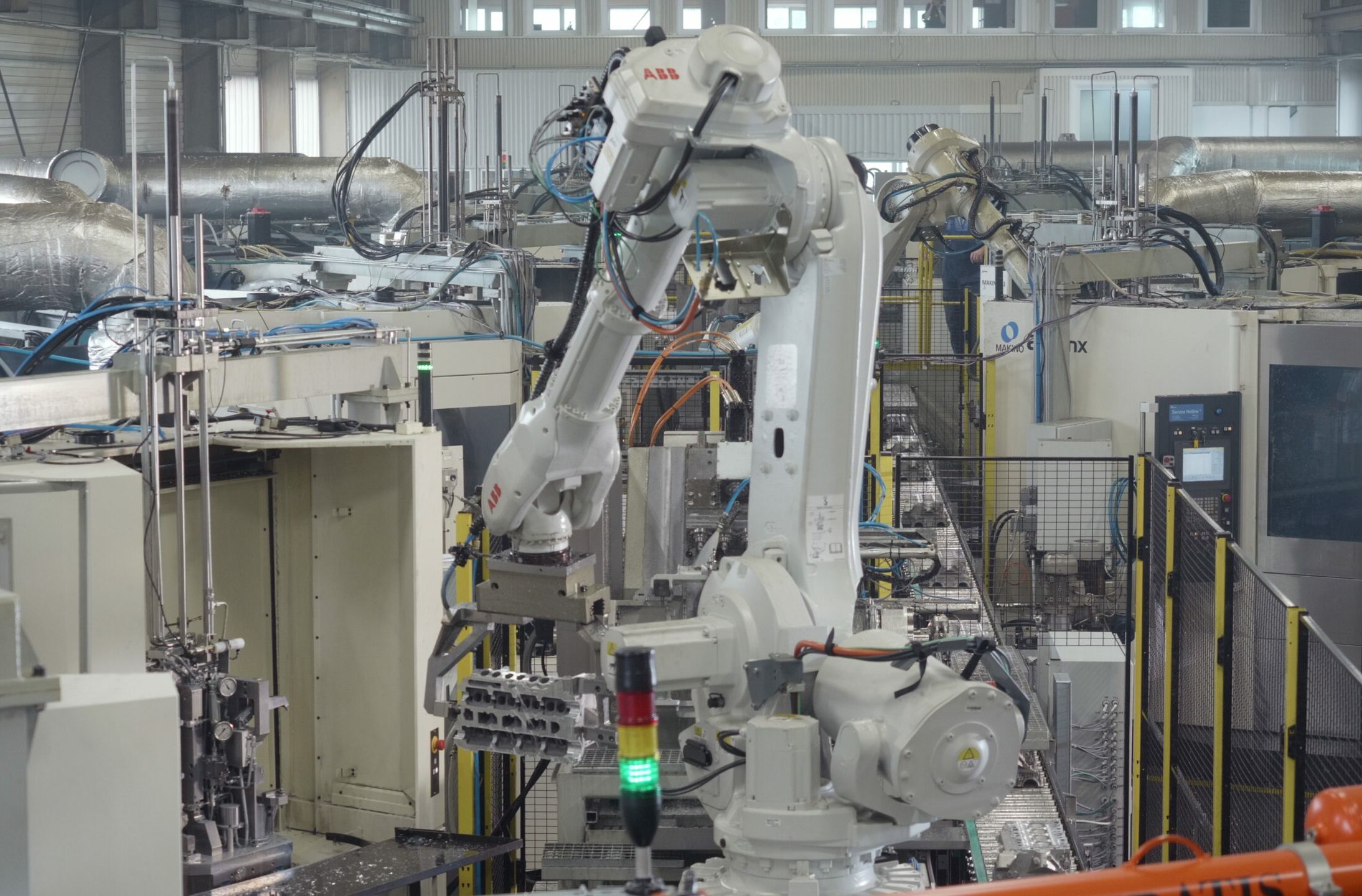Machining is one of the manufacturing techniques that consists in giving a workpiece a specific shape, properties and dimensions by removing material. Abbreviation CNC stands for Computer Numerical Control. It sounds simple, but is it really so?
Nowadays, the market is very demanding. High requirements for workpieces directly affect the development of modern machine tools, tooling technologies and specialized approach to programming e.g. using computer CAM modules.
Having in mind the high expectations, today’s modern machine tools should be characterized by better and better accuracy, repeatability, high efficiency, the possibility of complex machining in one mounting, low operating costs, operational reliability and a low level of harmful effects on the employee and the environment. Of course, these are only some of the aspects considered.
What else? We already have a modern machine tool, so now’s time for modern tools. The continuous development of tooling technology contributes to the production of better, more durable, in a word, more perfect tools, and thanks to that we can cut faster, easier and more economically. In addition, tool materials are constantly developed. This is reflected in the tool durability and the improvement of the cutting parameters. As a result, we get reduced machining time and improved productivity.
Now let’s talk about the last and at the same time the most important part that integrates the machining – a CNC programming technician with an extensive engineering knowledge. Knowing the modern machining strategies, selecting appropriate tools and parameters, solving current problems related to the implementation of tasks is only a small part of the responsibility that the technological engineer needs to face. Smart programming contributes to the high precision and success of CNC machining.
What is CAM? Computer Aided Manufacturing is one of the features of the modern approach to the machining. Thanks to the CAM module, we are able to carry out, for example, continuous five-axis machining or use the trochoidal milling strategy. It’s a perfect alternative for the traditional milling. Thanks to that strategy, tool wear is optimized, quality is improved and machining time is reduced. Complicated workpieces demand the use of CAM modules, that are constantly changing for the better.
Modern CNC machining technologies are a combination of many other dynamically developing technologies. As a result, we obtain high flexibility and efficiency of production. There is still a trend towards unattended, fully automated operation. Who knows, maybe one day it is enough to go to the machine and say “I would like a shaft with a diameter of 30 mm with a tolerance of h7 and a length of 300 mm” and the intelligent machine will do everything for us? We are looking forward to the future.
Natalia Matuszczyk


